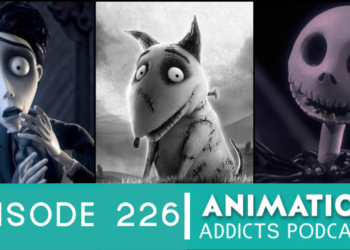As the call for more female directors in live action filmmaking rises so has the similar need in the world of animation. This was not always a problem as animation began as a relatively progressive field in Hollywood with the major studios hiring many women in various branches.
Female Trailblazers
Starting with its origins in the 1930s, Walt Disney was particularly modern in his practices of hiring women especially in the ink and paint departments. Without these hard working artists, classic films like Fantasia and Snow White and the Seven Dwarfs would not exist. In addition to ink and paint work, women contributed to animation in the story departments, creating concept art, storyboards, and in the animation department.
Some particular standouts are the great Mary Blair and early animator Retta Scott who would both work on many films and attractions. Even as late as Oliver and Company in 1988, a large portion of the production crew were women.
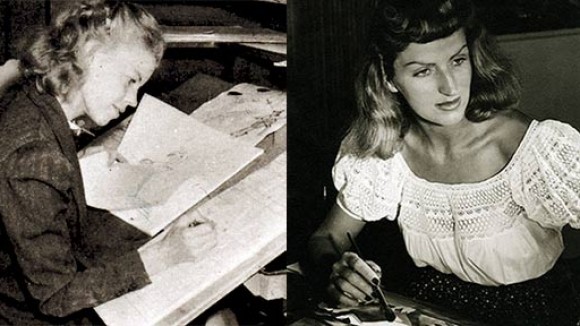
Now the picture seems quite different. In a recent study done by The USC Annenberg Inclusion Initiative they found at best mixed results. There are advancements in the numbers of female executives and producers but the creative visionaries, especially directors, are woefully lacking.
New Leadership
On a positive front, according to the report, women hold approximately half of all executive positions across the major animation studios. A great example of this ascension can be seen in the career of Jennifer Lee who, after working for many years under John Lasseter, and directing and writing the mammoth hit Frozen, is now the Chief Creative Officer of the Walt Disney Animation Studios. Her rise to the top of such an iconic studio is an inspiration to any woman and especially those working in animation. Under her watch, Disney has hired two female directors for new projects. On working with them, she said:
“When you’ve got three women in the room, it’s a different conversation. Talent knows no gender. It knows no race.”
These new conversations are hopefully happening more often at all the animation studios not just Disney. One thing is for sure: the talent is out there ready to perform on the big stage of a feature film. In fact, according to the USC Annenberg study, 60% of animated short films in 2018 were directed by women. These are women excited to be working in animation and ready to take the step up to direct a feature.
Female Directors
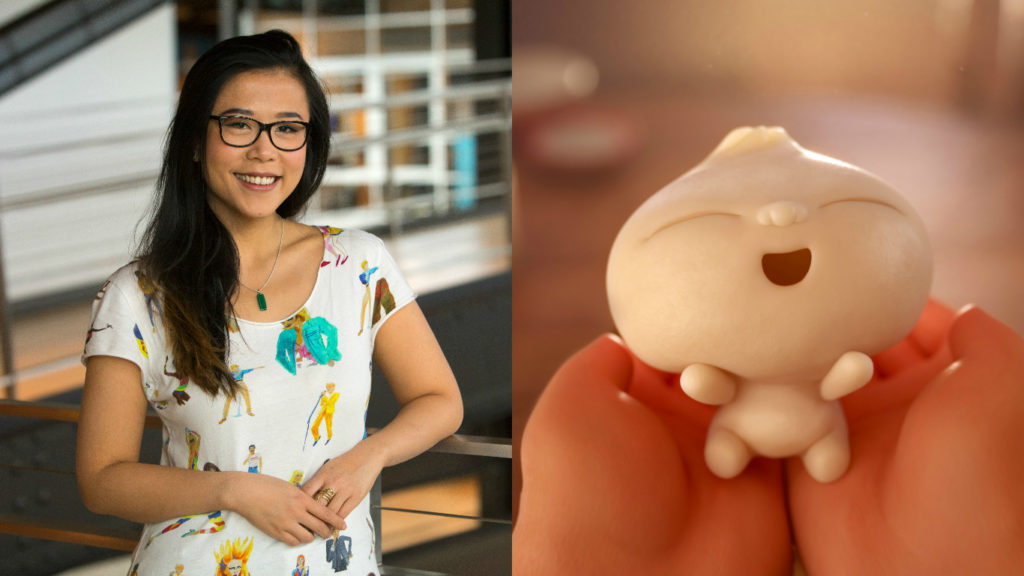
Director Domee Shi recently won an Academy Award for her short Bao and is now being tapped for a future feature film over at Pixar Animation Studios. She said:
“So I think a lot of studios, especially Pixar and Disney, they’ve recently come to realize and to value drawing from different sources of storytellers. They know that by utilizing their super talented, super diverse employees and filmmakers that they’re going to be keeping themselves ahead of the game and continuing to tell unique stories that will set themselves apart from other studios.”
We also need to remember that simply getting hired as a director does not ensure a positive creative environment. This is nowhere more obvious than in the case of Academy Award winning director Brenda Chapman. Midway through working on her film Brave, she was replaced and had to fight to keep herself listed as a credited director. About the experience she said:
“That door is closed. I made the right decision to leave and firmly closed that door. I have no desire to go back there. The atmosphere and the leadership doesn’t fit well with me”
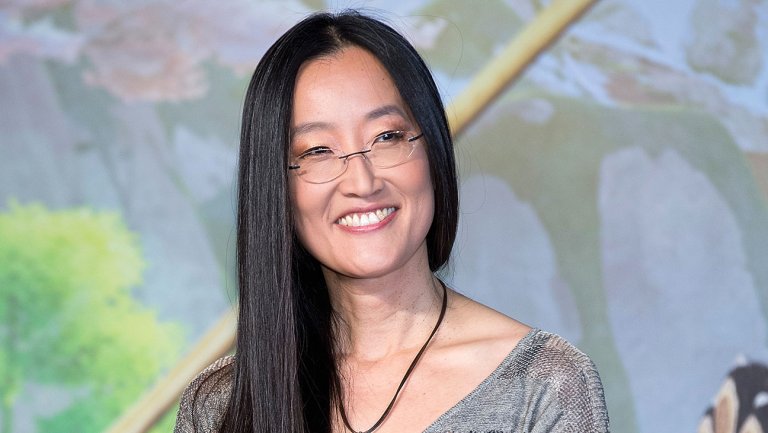
Jennifer Yuh Nelson, director of two Kung Fu Panda films, had a more positive experience. She told Time Magazine:
“I’ve been asked about the glass ceiling a lot, and I don’t think of myself as some kind of crusader going around smashing glass. I don’t feel like I had to—and that is a very, very strong flag showing the people around me made it so I didn’t have to. Everyone I’ve worked with were the ones holding me up, saying, ‘Yeah, go!’”
Challenges Women Face
While experiences can differ, the USC Annenberg study found women in animation face two major challenges. First, is a culture of homophily – the idea that individuals form relationships with other people who are similar to them on a key trait such as gender or race.
Midge Costin, sound editor, talked about this problem in the world of sound design in an interview I did with her last year:
“I used to think it was nefarious before I got into the business but that’s not what happens. In reality, you work long days and sometimes it’s easier to pick people they feel more comfortable with or have experience with. So you have to have more of a consciousness about it.”
Hopefully the recent increased awareness of the need for diversity will help with the problem of homophily and get more female directors hired for projects.
The second challenge the study found is “women reported being valued less than men and that gender stereotyping is still alive and well.” For whatever reason women are often seen as less ambitious or competitive. The report says, “35% of decision-makers claimed women’s ambition was a reason for the lack of women directing.”
An Optimistic Future
Hopefully these attitudes are changing with female directors emerging like Ann Marie Flemming, who helmed the indie film Window Horses. She said:“There has never been a better time to be an animator — there are so many different applications for your skills. Don’t just think big studios or even film. Every industry wants to use animation as a storytelling/information tool because it is limitless in its creative possibilities.”
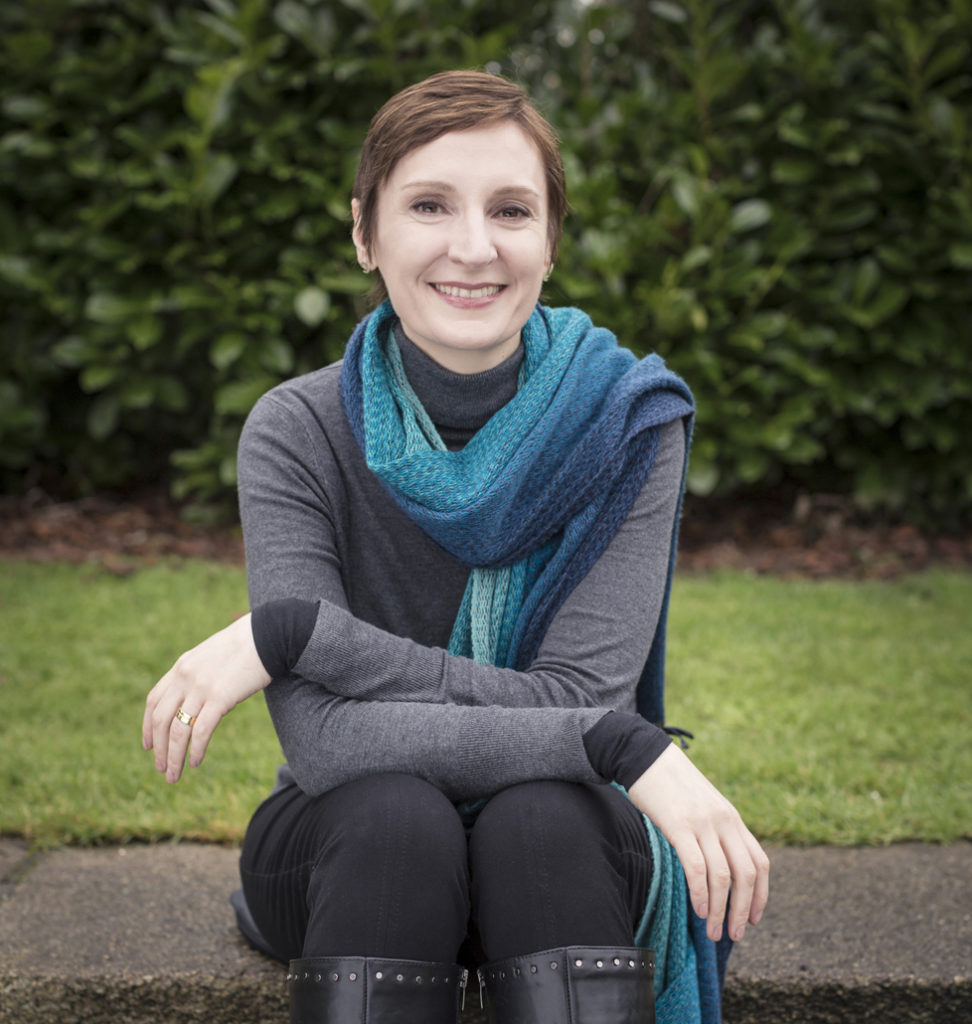
Flemming is not alone in her optimism. Nora Twomey, Irish animator and co-founder of Cartoon Saloon, received an Academy Award nomination for her film The Breadwinner. She said:
“Nora Ephron was asked what question would she wish she was never asked again and it was about being a female film director – how many years ago was that? And here I am. But I hope that the next generation don’t have to answer those questions.”

In 2017, I spoke with Signe Baumane, stop motion animator and director of 2014’s Rocks in My Pockets, and she said a lot of the problem lies with a perception of what is a ‘woman’s story’:
“Themes that interest me are a reflection of my experiences and, like it or not, they are marked by my gender. I chose not to separate my gender and my life from my stories. Personal truth is elusive but I aspire to reach it and share it.”
We need boundary pushers, like Signe, to have a richer, more interesting experience with animated films. For so many years, the medium has been relegated to the family film category when there is so much potential to tell all kinds of stories. As a huge animation fan, I am so excited to see what these amazing female filmmakers are going to produce next. It can only help the industry and movie medium that I dearly love.
What do you think? Do you feel optimistic about the future for women in animation? Please share your thoughts in the comments below
Edited by Kajsa Rain Forden


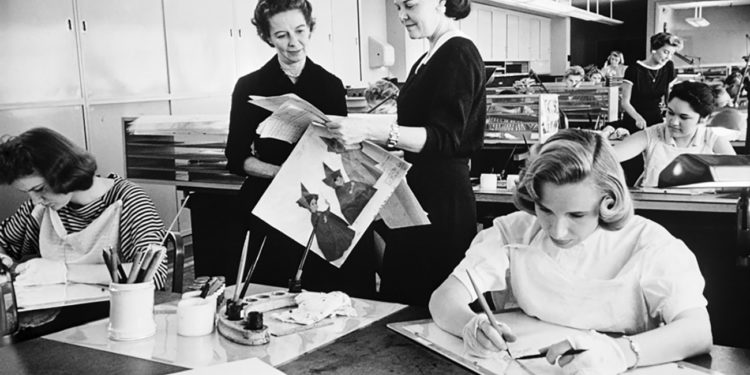
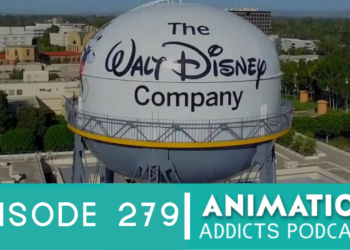
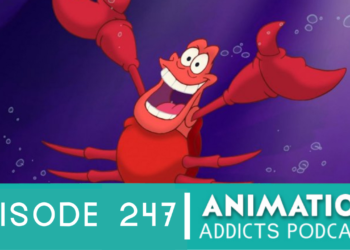
![[OPINION] 10 Heartwarming Animated Adverts to Watch This Holiday Season](https://www.rotoscopers.com/wp-content/uploads/2021/12/Picture61-350x250.jpg)
